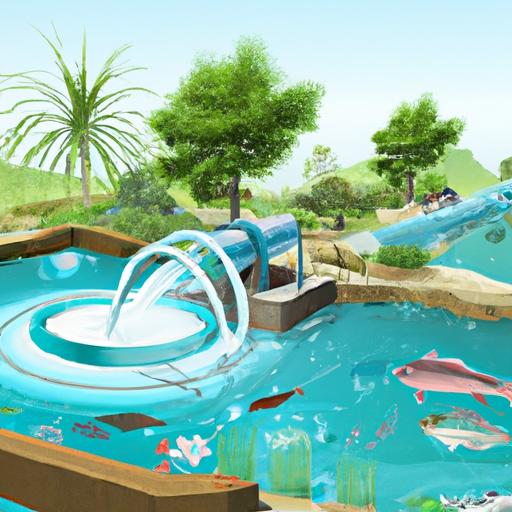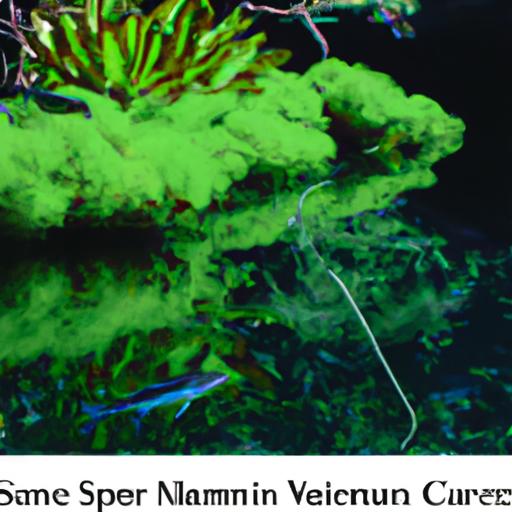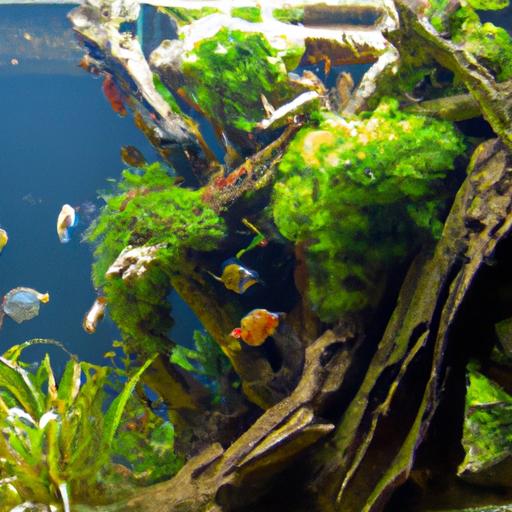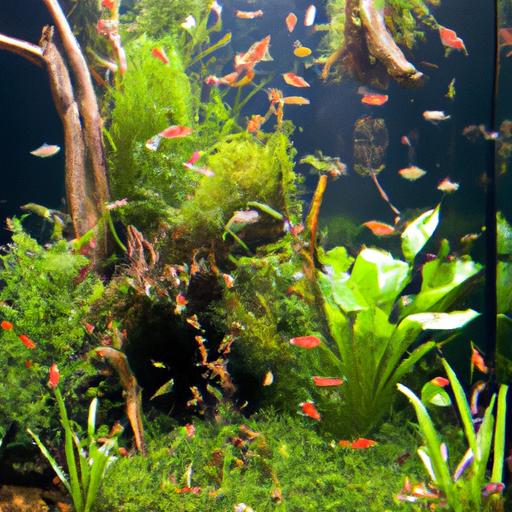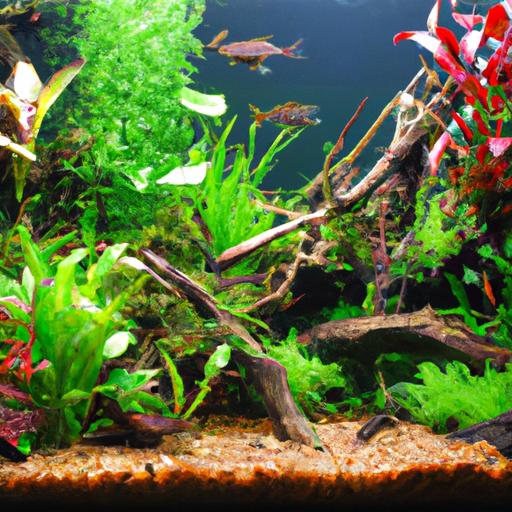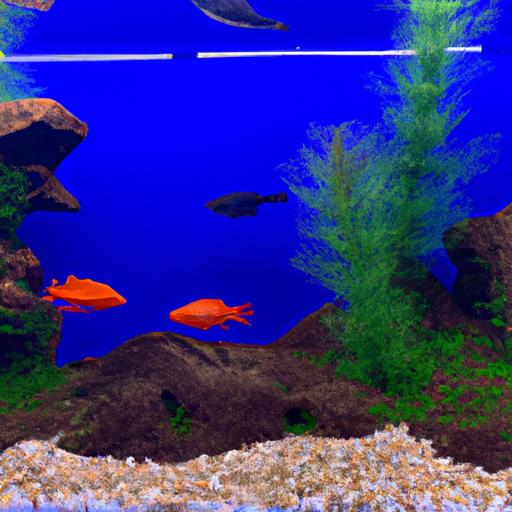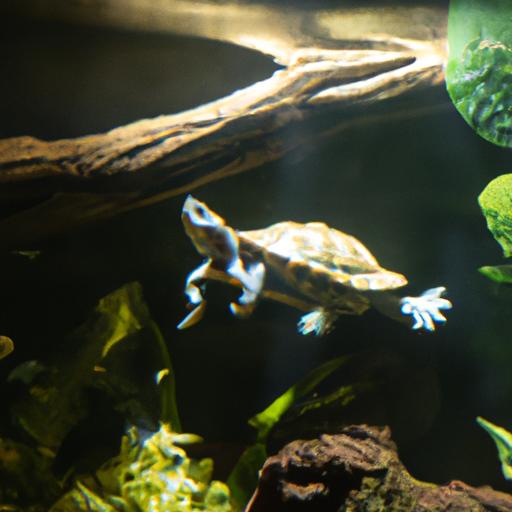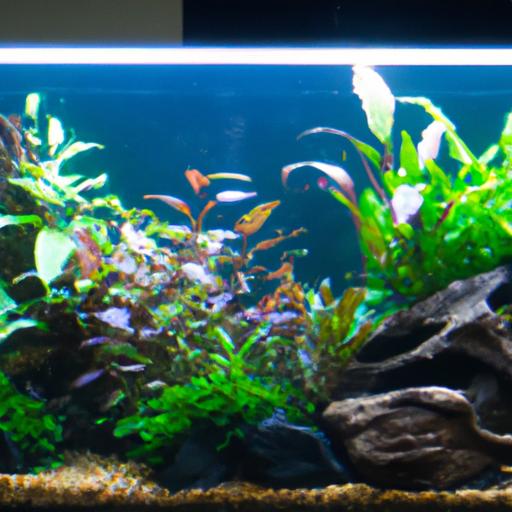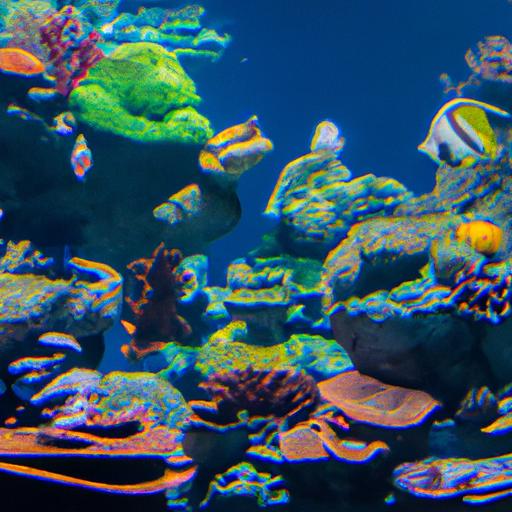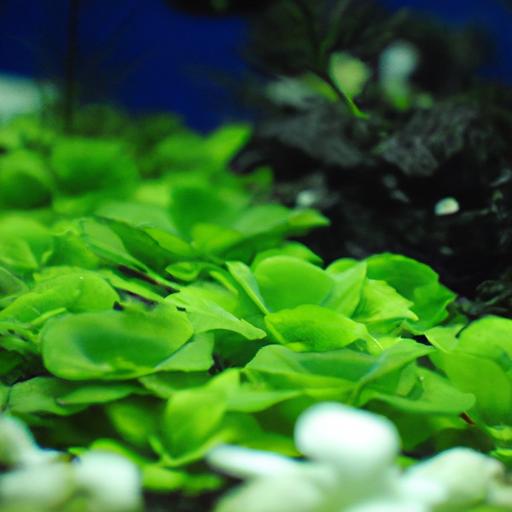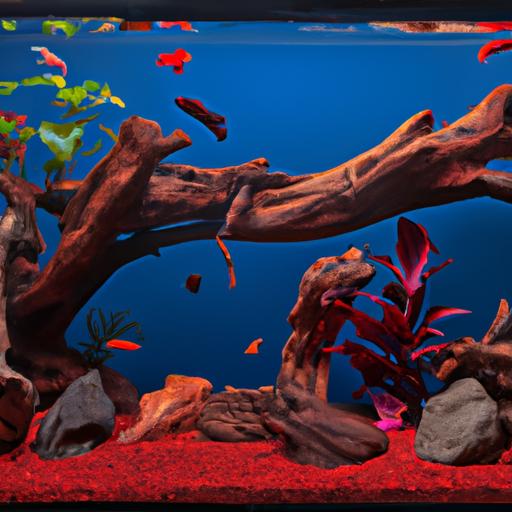
Setting Up a Beautiful Freshwater Betta Tank
Learn how to create a stunning freshwater Betta tank with our comprehensive guide on setting up a beautiful environment for your fish.
Introduction
Are you considering setting up a freshwater Betta tank? Creating a beautiful and suitable environment for your Betta fish is crucial to ensure their well-being and happiness. In this article, we will guide you through the process of setting up a stunning Betta tank that not only adds beauty to your space but also provides a comfortable habitat for your finned friend.
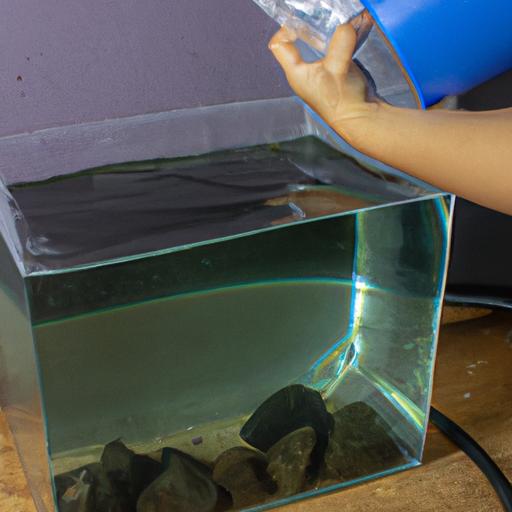
Setting Up Your Freshwater Betta Tank
When it comes to setting up your freshwater Betta tank, several key factors need to be considered to create an ideal environment for your fish.
Selecting the Right Tank Size and Shape
Betta fish thrive in tanks that are at least 5 gallons in size. Choosing a larger tank provides more swimming space and allows for better water quality. Additionally, tanks with a rectangular shape are preferable as they offer more horizontal swimming space, which is important for Betta fish.
Choosing Suitable Substrates, Plants, and Decorations
To create a beautiful and natural-looking Betta tank, select substrates like gravel or sand that are suitable for live plants. Live plants serve as both aesthetic elements and functional components by providing hiding spots and oxygenating the water. Adding driftwood, caves, and other decorations can enhance the visual appeal while offering hiding places for your Betta fish.
Installing Proper Filtration and Heating Systems
Maintaining clean water is essential for the health of your Betta fish. Invest in a reliable filtration system to remove toxins and maintain water quality. Additionally, Betta fish are tropical creatures and require a stable water temperature of around 78-80°F (25-27°C). A heater with a built-in thermostat will ensure the optimal temperature for your Betta.
Maintaining Appropriate Water Parameters
Regular monitoring of water parameters such as temperature, pH, ammonia, and nitrite levels is crucial to ensure a healthy environment for your Betta fish. Invest in a quality water testing kit and make necessary adjustments to maintain optimal conditions. Performing regular water changes, around 25% every week, will help keep the water pristine.
Introducing Your Betta Fish to the Tank Gradually
Before introducing your Betta fish to its new home, it is essential to acclimate it to the water conditions. Float the fish in a bag or container on the surface of the tank for about 15-20 minutes to allow it to adjust to the temperature. Afterward, gently release your Betta into the tank, ensuring it has plenty of space to explore and settle in.
Frequently Asked Questions (FAQ) about Freshwater Betta Tanks
Here are some common questions that Betta fish enthusiasts often ask about setting up and maintaining their freshwater Betta tanks:
What is the Ideal Tank Size for a Betta Fish?
Betta fish thrive in a tank that is at least 5 gallons in size. Larger tanks provide more swimming space and help maintain stable water parameters.
Can Betta Fish Live with Other Fish or Tank Mates?
Betta fish are known for their territorial nature. While some Betta fish may coexist peacefully with certain tank mates, it is generally recommended to keep them alone to prevent aggression and stress.
How Often Should the Tank Water Be Changed?
Regular water changes are crucial to maintain water quality. It is recommended to change approximately 25% of the water every week to remove waste and toxins.
What Type of Food Should Be Provided to Betta Fish?
Betta fish are carnivorous and require a diet primarily consisting of high-quality pellets or flakes specifically formulated for Betta fish. Supplement their diet with occasional treats like frozen or live foods to provide essential nutrients.
How Can I Prevent Common Betta Fish Diseases?
Maintaining a clean and well-maintained tank is the first step in preventing diseases. Avoid overfeeding and ensure proper water parameters. Quarantine new fish before introducing them to the main tank to prevent the spread of potential diseases.
Are Live Plants Necessary in a Betta Tank?
Live plants provide several benefits to Betta fish tanks. They improve water quality by absorbing nitrates, provide hiding spots, reduce stress, and enhance the overall aesthetics of the tank. While not mandatory, live plants are highly recommended.
Conclusion
Setting up a beautiful freshwater Betta tank is not just about aesthetics; it is about creating a suitable and thriving habitat for your Betta fish. By carefully selecting the tank size, incorporating appropriate substrates, plants, and decorations, and ensuring proper filtration and heating systems, you can provide a comfortable home for your finned friend. Remember to maintain optimal water parameters, introduce your Betta gradually, and follow best practices in Betta care. By following these guidelines, you’ll not only create a stunning aquarium but also ensure the well-being and happiness of your Betta fish. Happy fishkeeping!
